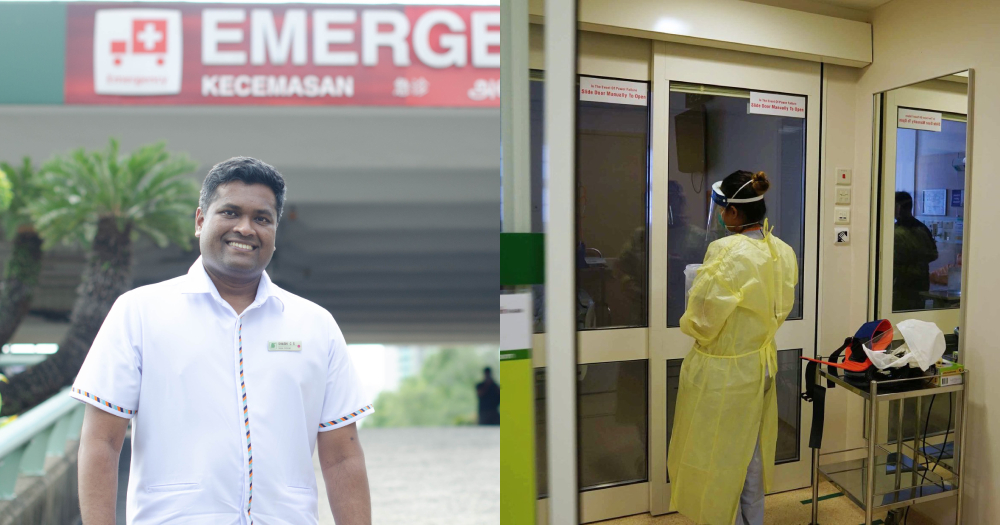Covid-19.
By now you're used to reading stories about the virus, with the Singapore government giving daily updates on it and outbreaks sweeping across the globe.
But what does life look like for those in the eye of the storm?
We spoke to three individuals who are working on the frontlines of the Covid-19 battle at Singapore General Hospital (SGH) — a nurse, a doctor, and a contact tracer.
They've given Mothership an insider's perspective on the effort to contain the spread of the virus, and about how their lives and jobs have changed since the virus outbreak landed on our shores just before the Lunar New Year.
A&E Nurse
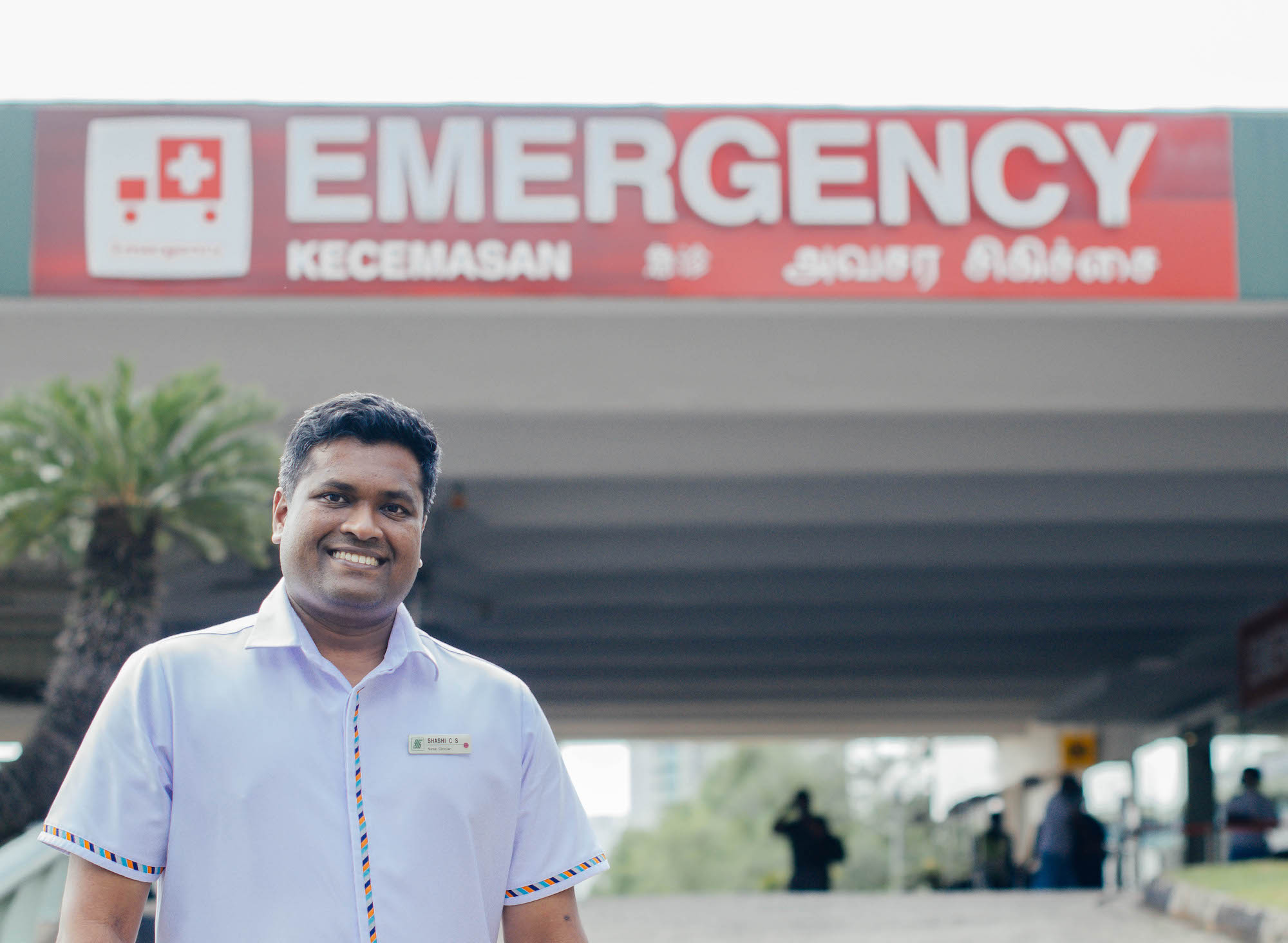 Image by Andrew Koay
Image by Andrew Koay
As you walk into SGH's Accident and Emergency (A&E) department, you'll meet Shashi Chandra Segaram and his team of nurses.
Shashi himself is a nurse clinician, who's been working at SGH's A&E department since 2009.
But having only taken up the role of running the department's operations less than a month prior to Case #1 arriving in Singapore, the outbreak comes at a tricky timing for the 34-year-old.
Expanding A&E's fever area
As many Singaporeans likely have already experienced, fighting an outbreak necessarily brings disruption to daily programming, a fact experienced in no uncertain terms by SGH's A&E department — the hospital's typical starting point for anyone who shows Covid-19 symptoms.
Without much time to ease into the role, Shashi had to find some extra space within the department to expand A&E's "fever area", a holding place for patients who show up at SGH running a temperature.
Shashi says all patients are screened when they arrive. There are three basic criteria nurses are looking out for: a patient's travel history, whether they have symptoms, and whether they've had contact with any confirmed Covid-19 cases.
A patient will be separated from others coming in to see doctors if he or she meets any two of these.
Fever areas are paramount in curbing any possible spread of the virus among patients waiting for treatment. This concept was first introduced in 2003, during Singapore's battle with the SARS epidemic.
"Because of Covid we know there will be a sudden surge in numbers so we had to look for an alternative area, which we already had in mind, so we just had to go and build the area to be able to hold all these surge patients."
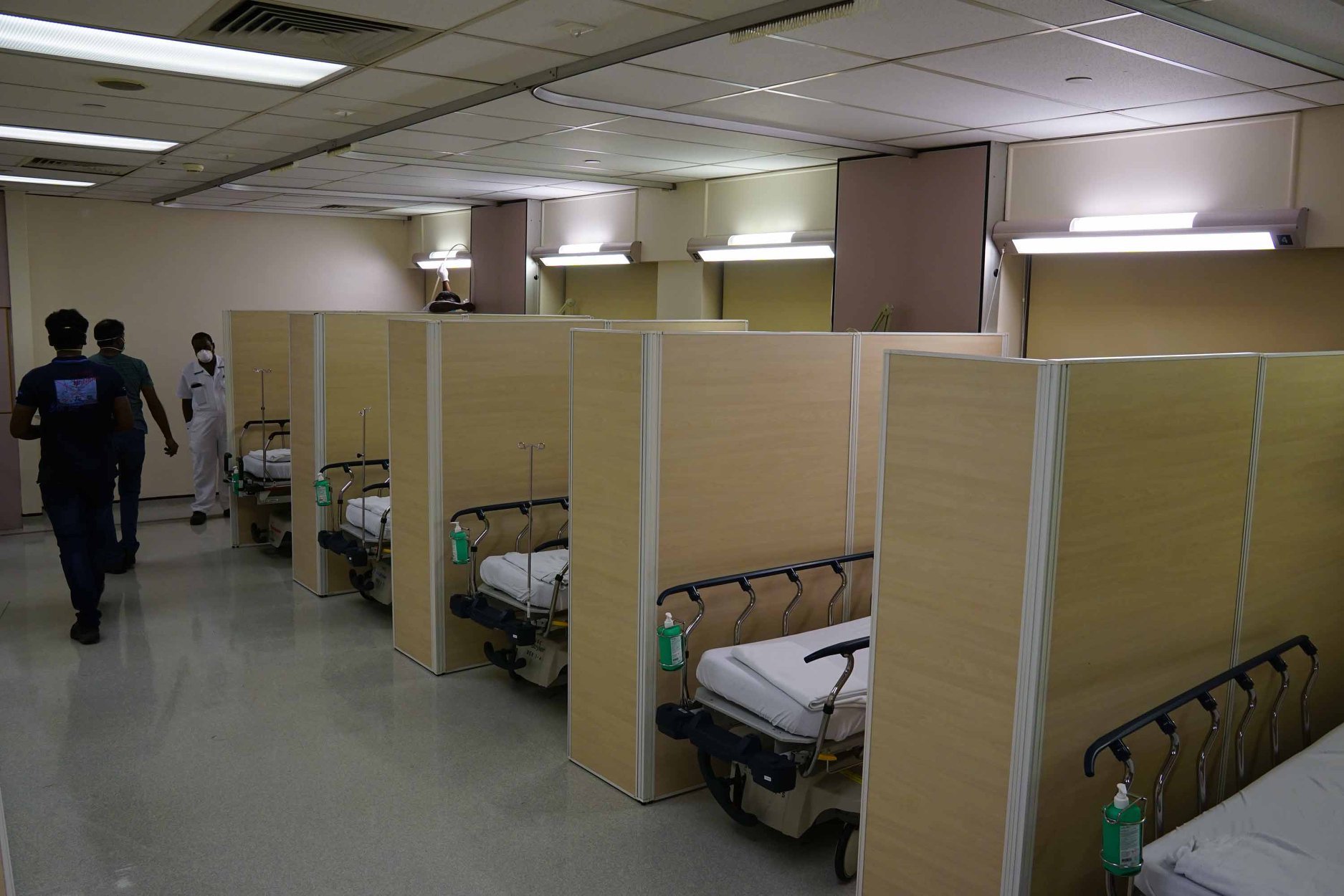 The SGH A&E fever area. Photo courtesy of SGH.
The SGH A&E fever area. Photo courtesy of SGH.
Working longer hours
Another arrangement Shashi had to organise on short notice was the department's rostering.
Typically, A&E nurses work across three eight-hour shifts, allowing for an overlap of work between teams so that there will be handover time.
"Now my staff have to put in 12-hour shifts," says Shashi, who explains that this working arrangement is meant to prevent the whole department from coming down with the virus.
"Instead of having a handover we actually space them out and we try to have minimal contact between the work team. So even if one team goes down — like what we've learned from SARS — we still got enough manpower to still function. We don't want like 40 per cent of the whole workforce to go down and then you know, it creates a situation."
While Shashi's new role within the department was meant to see him working office hours, the coronavirus outbreak saw him putting in longer hours than ever before.
Married with two kids aged three and one, Shashi's family time took a hit in the early days of the outbreak.
"The initial period they probably didn't see me for one whole week. Because I will leave for work before they even wake up, and then after they sleep, I will come back. so they didn't really get to see me. It was hard for me and my family, but my wife knows that I'm busy, so she actually takes cares of the kids on my behalf.
The initial period was a bit tough lah. But it's essential lah, because you want to make sure everything is up and running, everything is settled."
The main priority
Even as Shashi's hard work — and the efforts of his colleagues, he's quick to add — at the onset of the outbreak here has helped the hospital serve patients effectively in this period, the 34-year-old is not resting on his laurels just yet.
These days he has continued to study the A&E department's work processes while figuring out ways to make everything safer and more efficient.
"Our main priority right at the start was that we want to make sure that the people who're coming in to see the doctor are safe and that our staff are safe."
One process that he's had a part in optimising, and keeping to a minimum, is the number of staff that patients in the A&E department come into contact with.
This helps if a patient ends up being a confirmed Covid-19 case, or a staff member happens to fall sick; it minimises the amount of contact tracing that will have to be done in the aftermath and ensures that any spread of the virus is contained.
"It's tiring lah, but I actually think it's fulfilling lah. Because at the end of the day, we need to take care of our staff also. We want to let our staff know that we have a lot of good practices in place, and everything is okay, don't need to worry. At the end of the day, their safety also very very paramount.
We want to let them know, you are in safe hands, and we want to encourage them to, you know, not get worried."
Isolation ward doctor
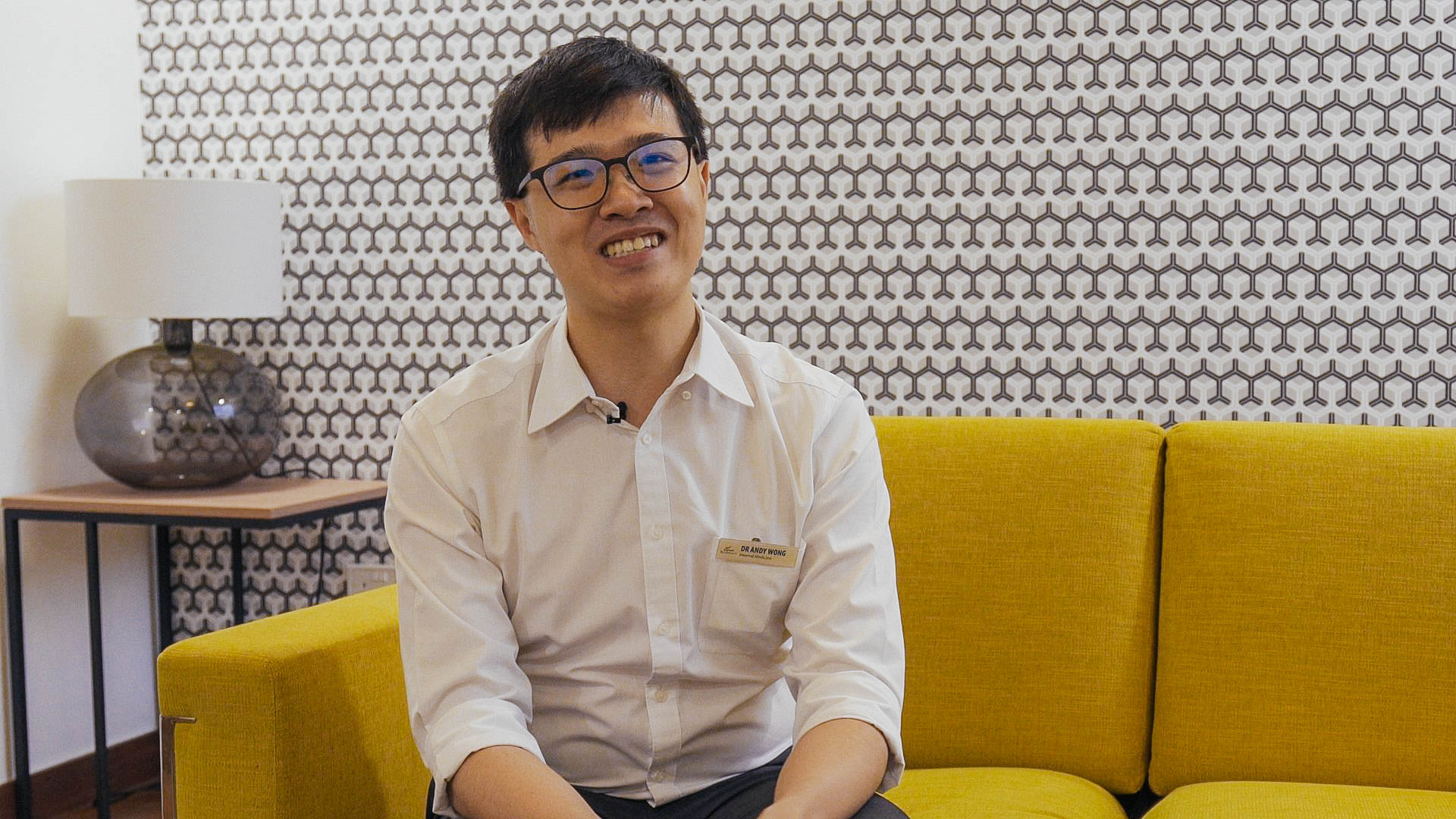 Image by Zenn Tan
Image by Zenn Tan
Andy Wong, 29, was just a month into his posting as a medical officer in the endocrinology department when he was approached by an SGH staff member.
"One of my consultants asked me if I wanted to volunteer to be part of the isolation team, and I quite readily said, 'Yes'."
And with that Wong found himself whisked away from attending to patients with diabetes and thyroid problems to working as a doctor in SGH's isolation ward, looking after patients who are either suspected or confirmed to have Covid-19.
Here he works 12-hour shifts, 10 days in a row before getting a break, checking up on the condition of the patients.
Reassuring patients and parents
The job requires Wong to do swabs on suspected Covid-19 cases and send them off for tests before breaking the news of their results to patients.
In between, one aspect of being a doctor that we don't usually hear about emerges:
"Some of the patients, naturally, are more nervous and I mean our job is basically just to talk to them and reassure them that in the end, everything is still going to be okay."
He remembers one patient who was warded with his child.
Wong says the man was understandably worried but also wracked with guilt.
"He thought that — because he was sick first — that he could have spread the virus to his kid.
I spent some time just reassuring him that, 'look we still haven't had your swabs back yet. And, I mean, for all we know, this could be one of the other many flu viruses out there'. After talking to him for some time he calmed down a bit and he actually listened to what I had to say."
The man's swabs eventually returned a negative result, and both father and child were able to return home.
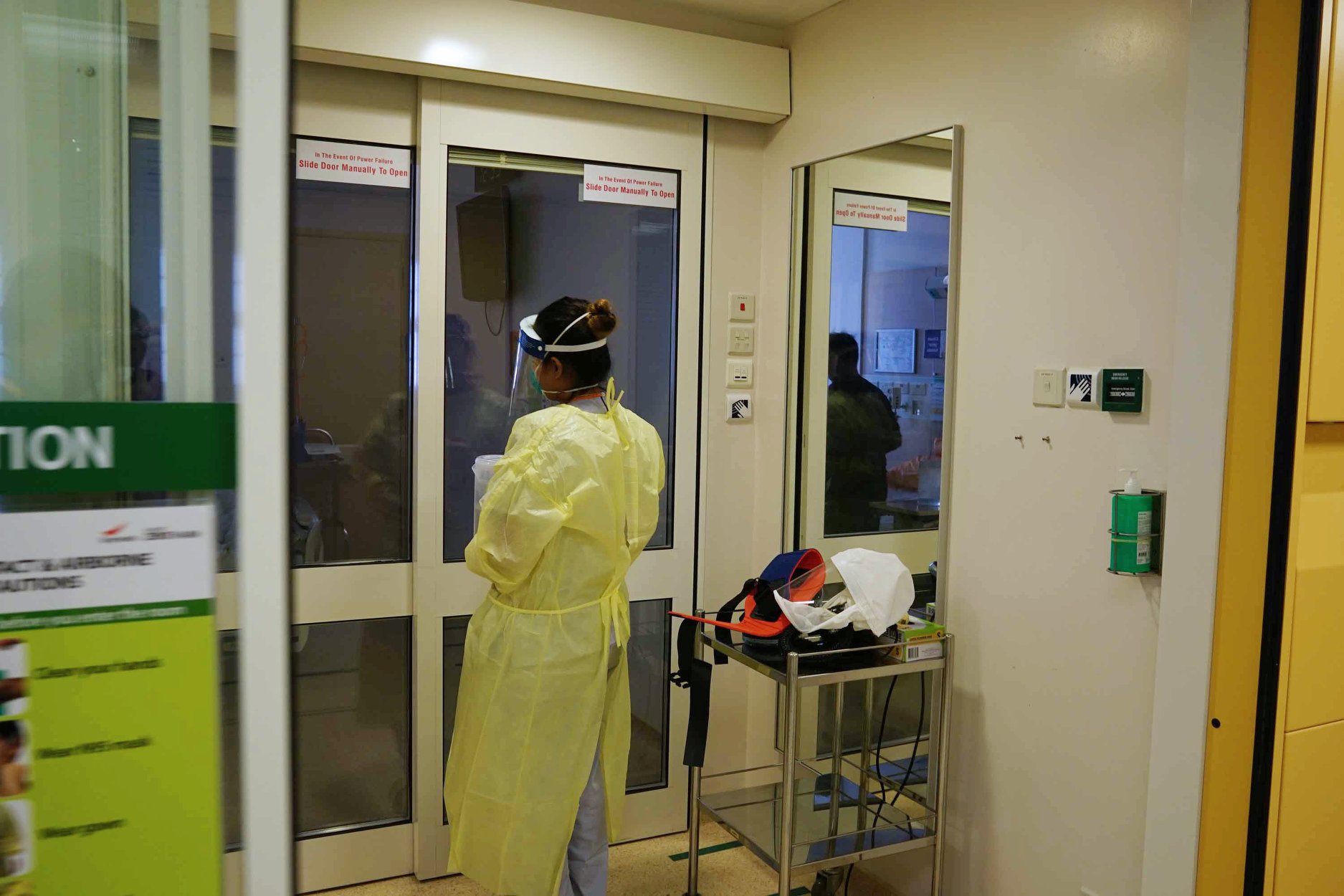 A staffer donned in full personal protective gear in SGH's isolation ward. Image courtesy of SGH.
A staffer donned in full personal protective gear in SGH's isolation ward. Image courtesy of SGH.
But it isn't just patients Wong has had to reassure: his parents too, were initially anxious about the prospect of their son working on the frontlines of Singapore's Covid-19 battle.
Yet Wong told them that working in such a capacity wasn't "super out of the ordinary".
A doctor's duty
On the contrary, he sees it as his duty as a doctor to step into such situations and lend his talent and knowledge where required.
"I don't think a lot of thought went into it... This is something that we all do as part of being a doctor. I don't think any of my colleagues would shy away from this either. I don't see it as being heroic, it's just something that we do."
He takes inspiration from the more senior doctors at the hospital who did the same despite facing greater risk (with older medical technology, less knowledge or protection, and a deadlier virus) 17 years ago.
"When SARS hit, it was when I was in primary school. Our consultants used to tell us about how back in the day, they banded together to fight this virus.
I think in 10 to 20 years from now we'll be able to say the same thing."
"The risk is still there"
In the meantime, he's not taking his eye off the ball just yet.
While many of SGH's patients have recovered from the virus, it's been just days since MOH confirmed a new cluster of cases at Wizlearn Technologies Pte Ltd.
That cluster has already ballooned to a total of 14 cases at the time of writing, and Thursday (Mar. 5) brought the revelation of yet another new cluster with eight linked cases confirmed, this time from a dinner event at SAFRA Jurong.
"Covid is something we still need to take seriously. Although it doesn't appear as serious as SARS or MERS, the risk is still there, especially because it's so easily transmissible."
Wong sees the death tolls and mass outbreaks in countries such as Iran, Italy and South Korea as a warning against complacency:
"What has happened in other countries can certainly happen in Singapore. I think what's important is that mentally we stay prepared. We stay vigilant and not let our guard down."
Contact tracing
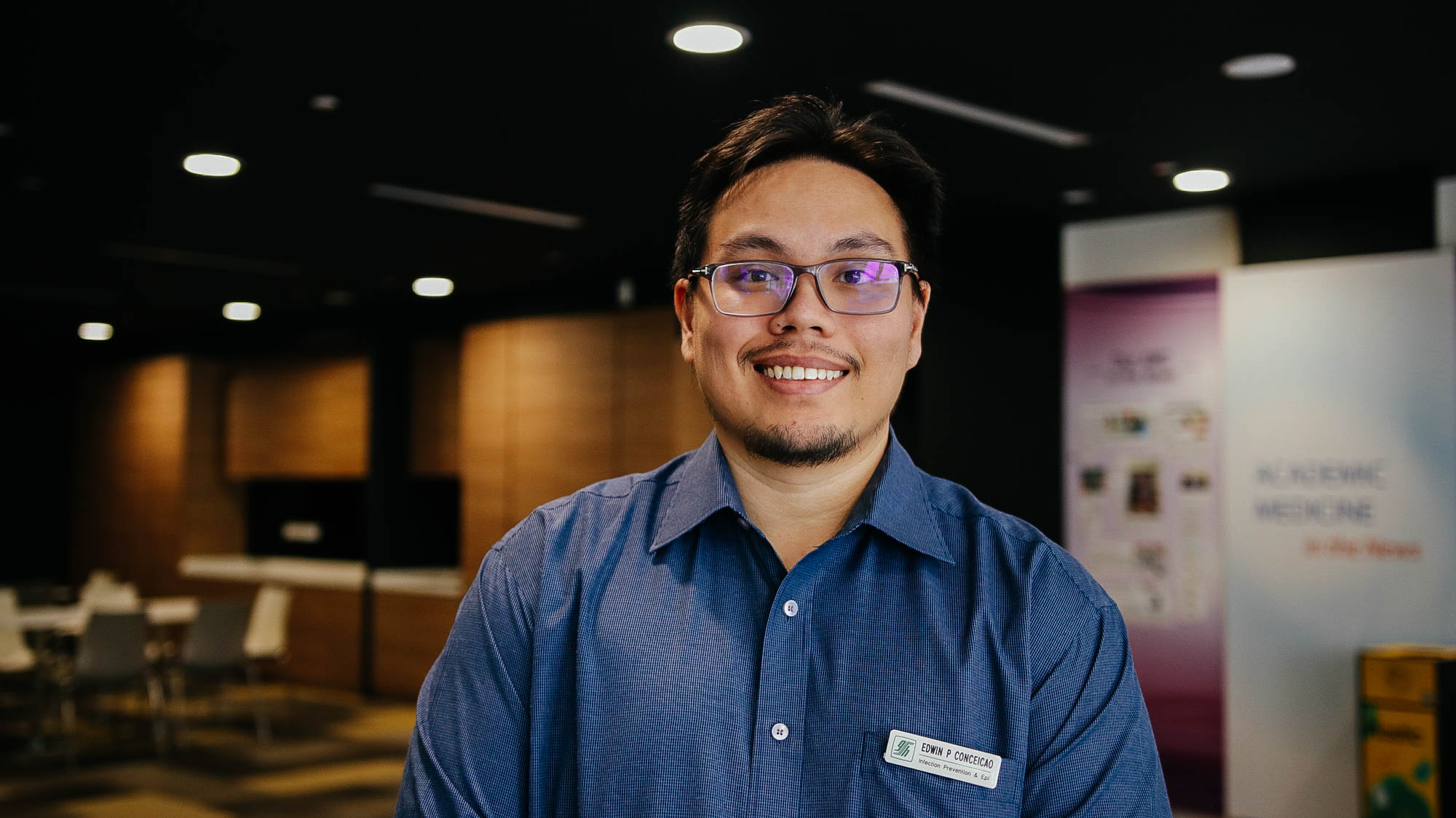 Image by Rachel Ng
Image by Rachel Ng
Two hours — that's how long 31-year-old Edwin Conceicao has to piece together an infected patient's history of the two weeks prior to their hospital admission.
The executive from the Infection and Prevention Epidemiology Department at SGH performs the initial contact tracing that's handed to the Ministry of Health (MOH), which then expands the initial work done by his team within the community.
"The starting point for all the work"
"Basically we are the starting point for all of the ministry's work lah," he says, before correcting himself.
"Some of the ministry's work lah."
Conceicao tells Mothership that his job right now involves talking to patients, and in some cases their relatives, to compile a detailed list of their whereabouts.
"We will have to list down in chronological order, Day One what did you do? Where did you go for breakfast, where did you go for tea, what did they do for lunch, what did they do for dinner, what did they do for supper? And then it repeats, for the past 14 days, every day."
Some of the patients he deals are easier than others — excel spreadsheets, diaries, even bags of receipts have been produced to verify daily routines.
"Then you have those that can't even remember what they had for lunch yesterday. People like me!"
"You have to be very patient with them," he says, explaining in these cases he'll walk the person through their day, asking simple questions that might jog their memory: "What did you do after this? Then you walk down the stairs? Did you turn left, or turn right?"
On-call 24/7
While the functions Conceicao has performed since the arrival of Covid-19 aren't drastically different from his usual work (he also does contract tracing for other infectious diseases), it's fair to say the intensity has been turned up a notch.
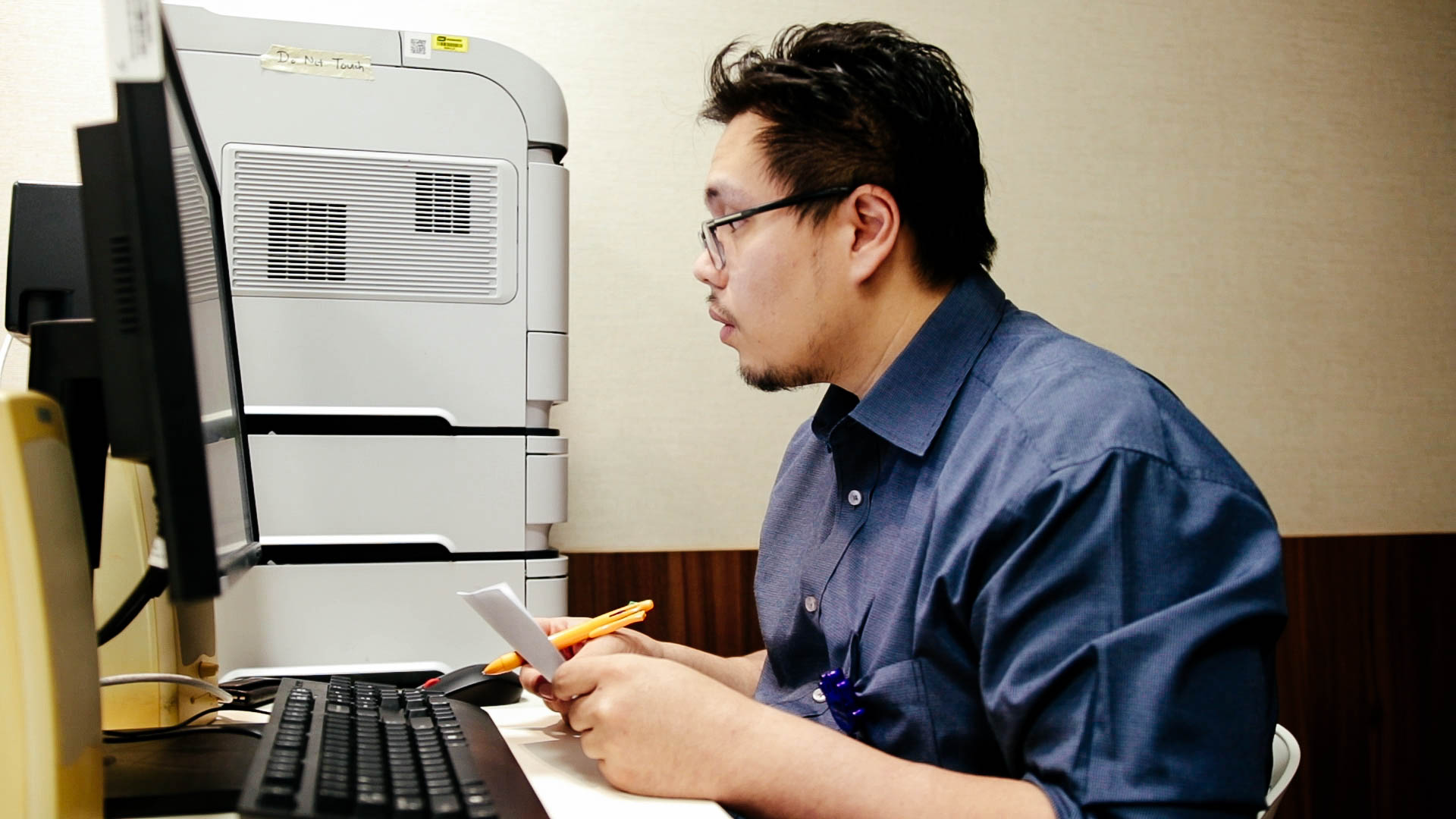 Image by Rachel Ng
Image by Rachel Ng
In the current circumstances, being on the frontlines means that SGH's contact tracing team needs someone on standby at all times so that the process can be started as soon as a patient's results return from the lab indicating an infection.
He says that he is one of three contact tracers who are rostered in weekly rotations.
"The person who's rostered to be on call for that week will just have to be on call 24 hours for that whole week. It includes Saturday and Sunday. So if you're on call for that week, you practically work 12 days straight, 24 hours."
Conceicao reassures us that he does get to rest when he's on call, though his phone is never on silent just in case a patient is confirmed to have the virus in the dead of the night.
"My parents will wake up from the noise of my phone ringing, and they will wake me up. Yeah, cause I sleep like a log. Bomb drops, I will never know!"
It's not just his sleep being interrupted either; "online games can't be paused," he adds cheekily.
One piece of the puzzle
Despite the fact that Conceicao's conversations with patients are done over the phone, the contact tracer still makes the effort to go down to the isolation wards when doing the interviews.
"It's always nice to introduce yourself to the patient so you still have to drop whatever you're doing and then go to the patient and wave hi to them. You have to say that I'm here to get this information, this is not a prank call. It's just to give them the assurance and the security that whatever you are doing is for hospital work and also to help the MOH out."
While he jokes about how he's saving the world — "in a very loose sense" — Conceicao refuses to let himself develop an inflated sense of importance.
For him it's a group effort — between the A&E nurses, the doctors, contract tracers, and MOH — that's required to keep Singapore safe.
"Everyone does a different part, mine is just one piece of that big puzzle that everyone is trying to put together and scramble for. So okay lah, I contribute one puzzle piece, not bad hor?"
Stories of Us is a series about ordinary people doing extraordinary things. Be it breaking away from conventions, pursuing an atypical passion, or making the world a better place in their own small way, these stories remind us both of our individual uniqueness and our collective humanity.
Top image by Andrew Koay and courtesy of SGH
If you like what you read, follow us on Facebook, Instagram, Twitter and Telegram to get the latest updates.
